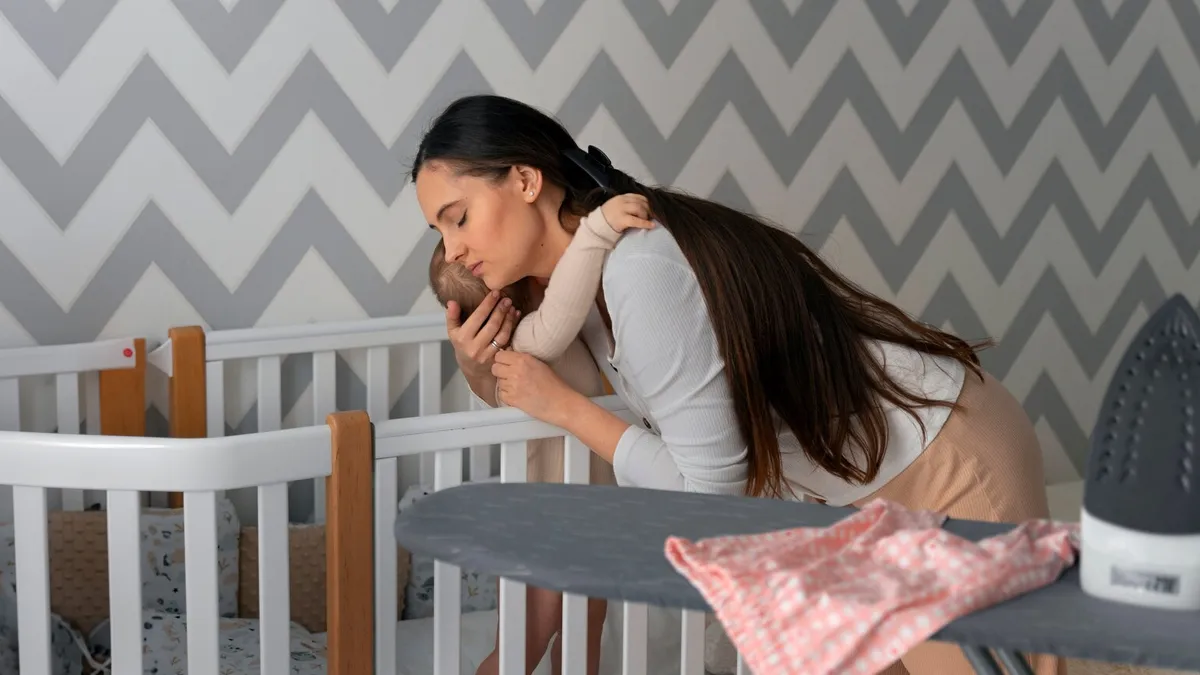
Giving birth is a life-changing experience for mothers, but the body undergoes immense stress during pregnancy and delivery. After childbirth, many mothers tend to face physical discomfort that often gets overlooked amidst newborn care. Common issues experienced can be extreme back pain, tailbone (coccyx) pain, and C-section incision pain. These can interfere with daily activities, sleep, and bonding with the baby. Hence, it is necessary to consult an expert and manage these problems early on, as that is the key to a quicker recovery. Here’s more.
Postpartum back pain is often caused by weakened core muscles, poor posture during breastfeeding, and the strain of carrying the baby. Tailbone pain, or coccydynia, happens due to pressure on the coccyx during delivery, especially after a long labour or forceps-assisted birth. C-section pain arises due to the abdominal incision and can also lead to numbness or stiffness for weeks. These problems are a common occurrence among new mothers and require timely attention.

Prioritise Posture: Are you aware? A good posture is important for reducing back and tailbone strain. Use a supportive chair while feeding and avoid slouching. Sit upright with your feet flat on the floor and a pillow behind your lower back. Don’t just sit in a slouch position, or your back should not be hunched. So, don’t wait any longer and pay attention to your posture.
Also watch this video
Don't Miss: 5 Books To Read On Postpartum Depression
Apply heat or cold packs: Warm compresses can ease muscle tightness in the back, while cold packs may reduce tailbone swelling. For C-section areas, follow your doctor’s advice before applying anything directly to the incision.

Gentle movement and Stretching: After consulting your doctor, begin gentle pelvic tilts, stretches, and short walks. These help improve blood flow, ease stiffness, and strengthen your core muscles. Don’t go overboard while exercising or stretching; be careful. Make sure to exercise caution.
C-Section wound care is important: Keep the incision area clean and dry. Avoid lifting heavy objects and get plenty of rest.
Consult a physiotherapist without fail: If the pain persists beyond a few weeks, professional physiotherapy can provide targeted exercises and therapy to speed up healing. So, follow the instructions given by the expert.
Post-delivery pain can impact the mother’s recovery and even emotional well-being. However, healing after childbirth takes time, so mothers need to listen to their bodies. With proper care, support, and a few expert-backed steps, postpartum pain can be managed without discomfort, writes Dr Chanchal Mohanty, Physiotherapist and Lactation Consultant, Motherhood Hospitals, Kharghar.
Don't Miss: Support For New Mothers: Most Crucial Aspect of Postpartum Healing; Here’s How To Ensure
If you liked the story, please share it. For more such articles, stay tuned to HerZindagi.
Our aim is to provide accurate, safe and expert verified information through our articles and social media handles. The remedies, advice and tips mentioned here are for general information only. Please consult your expert before trying any kind of health, beauty, life hacks or astrology related tips. For any feedback or complaint, contact us at compliant_gro@jagrannewmedia.com.